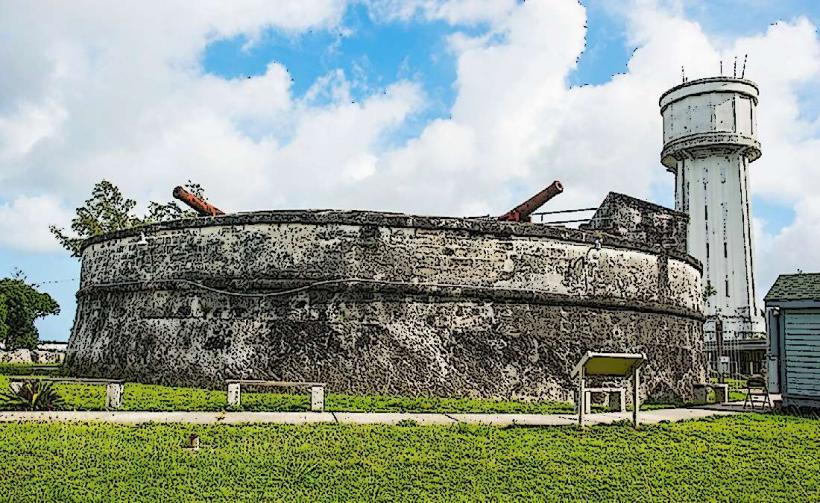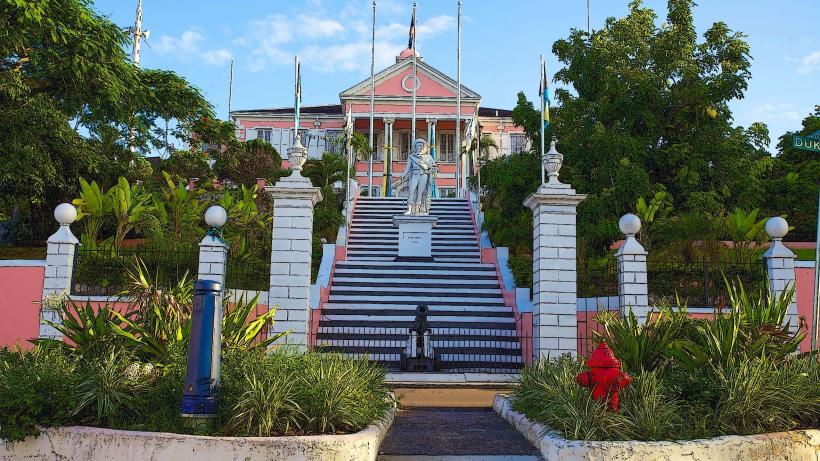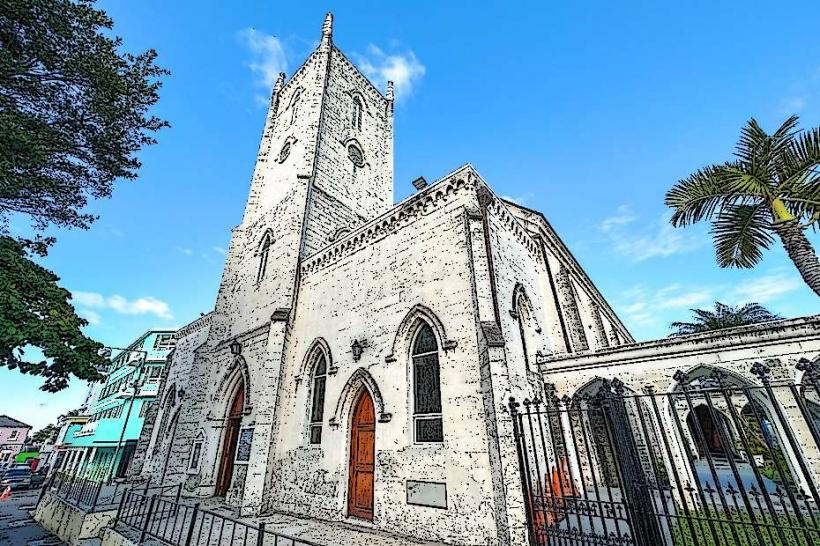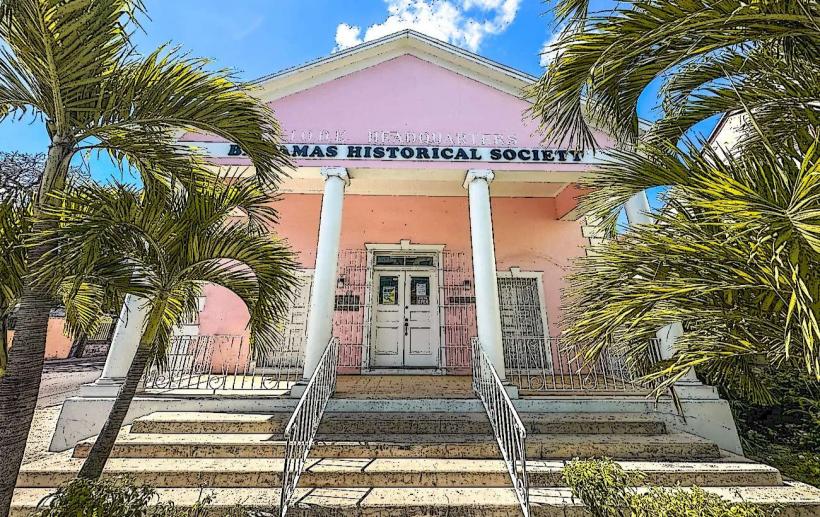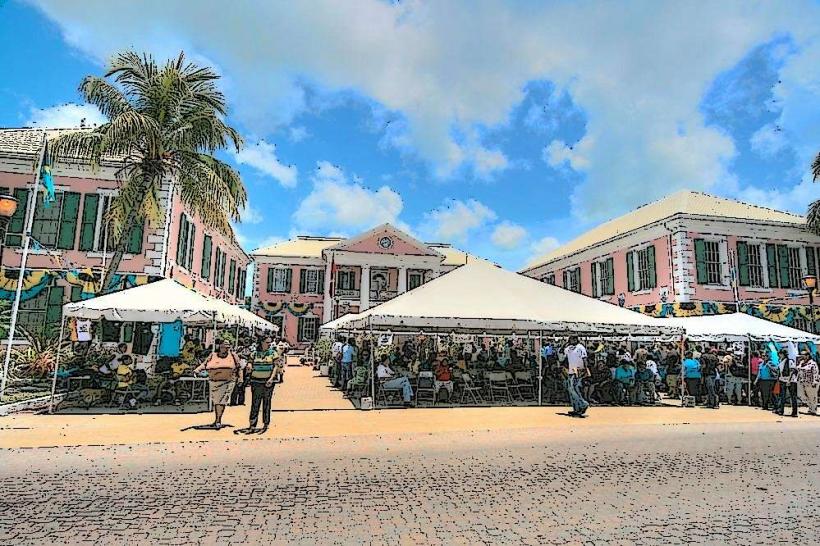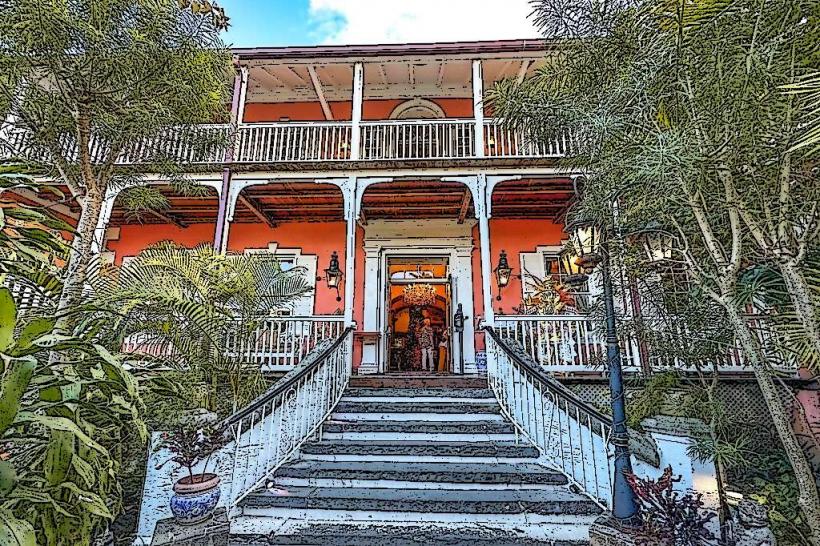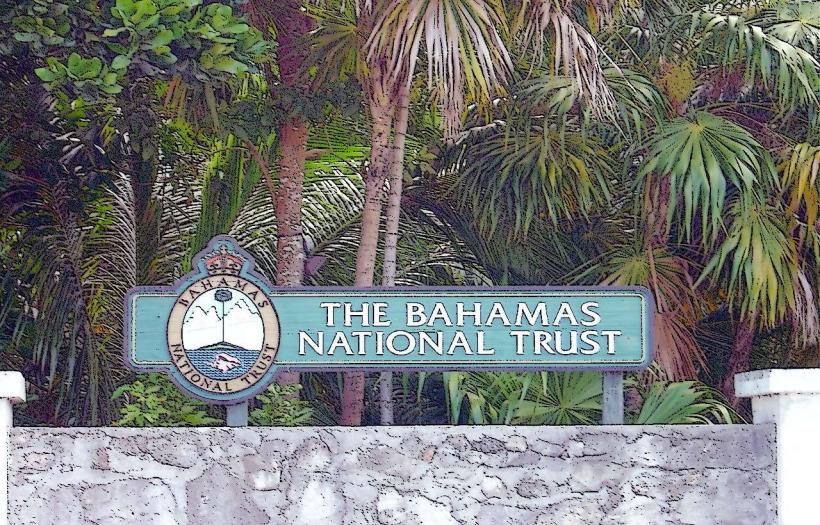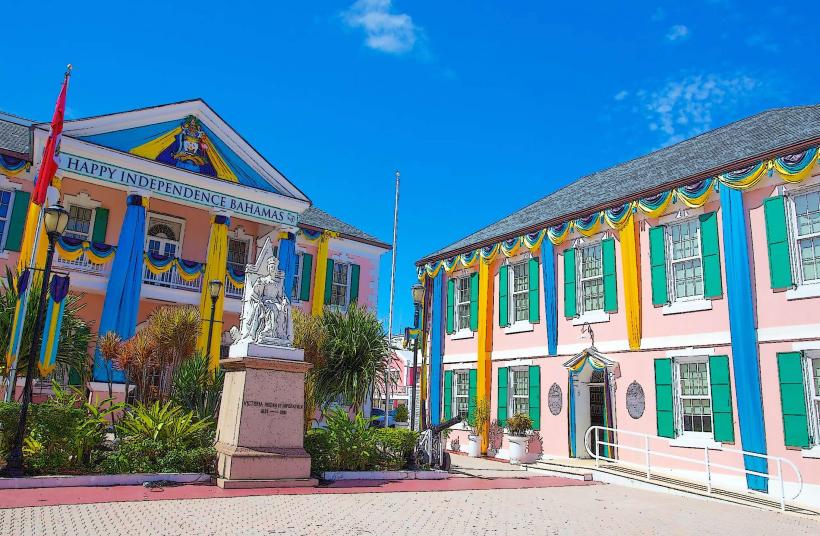Information
Landmark: St. Andrew's Presbyterian KirkCity: Nassau
Country: Bahamas
Continent: North America
St. Andrew’s Presbyterian Kirk is one of the oldest and most significant Protestant churches in Nassau, the capital of the Bahamas. It is renowned for its historical importance, stunning architecture, and role in the Bahamian community. The church is a central place of worship for the Presbyterian faith and holds a unique place in the religious and cultural landscape of the Bahamas.
Overview of St. Andrew’s Presbyterian Kirk
Location: St. Andrew's Presbyterian Kirk is located on Prince George Wharf in downtown Nassau, making it easily accessible to both locals and visitors. The church's location places it close to Nassau’s central areas, including the Straw Market, Bay Street, and the Pirates Museum.
Denomination: The church belongs to the Presbyterian Church of the Bahamas. It is part of the broader Reformed tradition, and the congregation follows the teachings of John Calvin. The term "Kirk" is a Scottish word for church, emphasizing the church's Scottish Presbyterian roots.
History of St. Andrew’s Presbyterian Kirk
St. Andrew’s Presbyterian Kirk has a rich history dating back to the early 19th century. Its foundation is tied to the arrival of Scottish settlers and Presbyterianism in the Bahamas, particularly during the colonial period.
Founding and Establishment:
- The church was established in 1810 by a group of Presbyterian Scottish settlers and loyalists who arrived in the Bahamas. These settlers sought to create a place of worship that would reflect their religious beliefs and traditions. St. Andrew’s Presbyterian Kirk was built to serve this growing community.
- In the beginning, services were held in a small wooden structure, but as the congregation grew, a larger building was required to accommodate the increasing number of worshippers.
Construction of the Current Building:
- The current stone building was completed in 1801. The architecture of the church reflects a blend of European styles, typical of many church buildings of the period, with Gothic and neoclassical influences evident in its design. The use of local stone for construction adds a distinct Bahamian touch to the church’s exterior.
Importance During Colonial Era:
- St. Andrew's Presbyterian Kirk played a central role in the spiritual and community life of Scottish immigrants and early Protestant settlers in the Bahamas. During colonial times, it also became a site for various cultural and social gatherings, making it a vital part of the Bahamian community.
- The church helped to lay the foundation for Presbyterianism in the country, which would go on to become a significant religious tradition in the Bahamas.
Architectural Features
The architecture of St. Andrew’s Presbyterian Kirk is one of its most striking features. The church's design is characterized by the following:
Stone Construction:
- The building is made of cut limestone, which gives it a sturdy and lasting appearance. The stone was sourced locally, making it a unique example of Bahamian craftsmanship.
Gothic and Neoclassical Style:
- The church features elements of Gothic architecture, including pointed arches and tall, narrow windows that create an imposing and reverent atmosphere. The neoclassical influences are visible in the symmetrical layout and columns around the church’s entrance.
Steeple:
- The church has an impressive steeple, which rises above the roofline and serves as a prominent feature of Nassau’s skyline. The steeple has both a functional and aesthetic role, acting as a beacon of faith and a visual landmark for the city.
Interior Design:
- The interior of St. Andrew’s is beautifully designed with traditional wooden pews, a gothic-style pulpit, and stained-glass windows depicting religious scenes. The stained-glass windows add to the serene atmosphere of the church and allow natural light to filter into the sanctuary, creating a peaceful space for worship and reflection.
Role in the Community
St. Andrew’s Presbyterian Kirk has long been a vital part of the religious and cultural fabric of the Bahamas. Its role extends beyond just being a place of worship; the church has played a key role in the following:
Spiritual Hub:
- As a place of worship, St. Andrew's serves as a central gathering point for the Presbyterian community in Nassau. The church holds regular worship services, including Sunday services, and special services for religious holidays such as Christmas and Easter.
Cultural Landmark:
- The church has historical significance for both locals and visitors. It stands as a reminder of the Scottish heritage in the Bahamas and the longstanding presence of Protestantism in the country. It is a symbol of the diverse religious traditions that have shaped Bahamian culture over the centuries.
Community Outreach:
- St. Andrew’s is also involved in various community outreach programs, including supporting local charities, educational initiatives, and social services. The church's role extends beyond the pulpit, actively engaging in projects that support the wider Nassau community.
Tourism:
- The church attracts visitors interested in its history, architecture, and role in the development of the Bahamas. Many tourists visit St. Andrew's to learn about the island's early Protestant roots and appreciate its beautiful design.
Conclusion
St. Andrew’s Presbyterian Kirk is one of Nassau’s most significant historical and religious landmarks. With its rich history dating back to the early 19th century, beautiful architecture, and central role in the community, it continues to be an essential part of Bahamian life. Whether for worship, historical interest, or cultural exploration, St. Andrew's remains a key institution in Nassau, reflecting both the spiritual and cultural heritage of the Bahamas.




